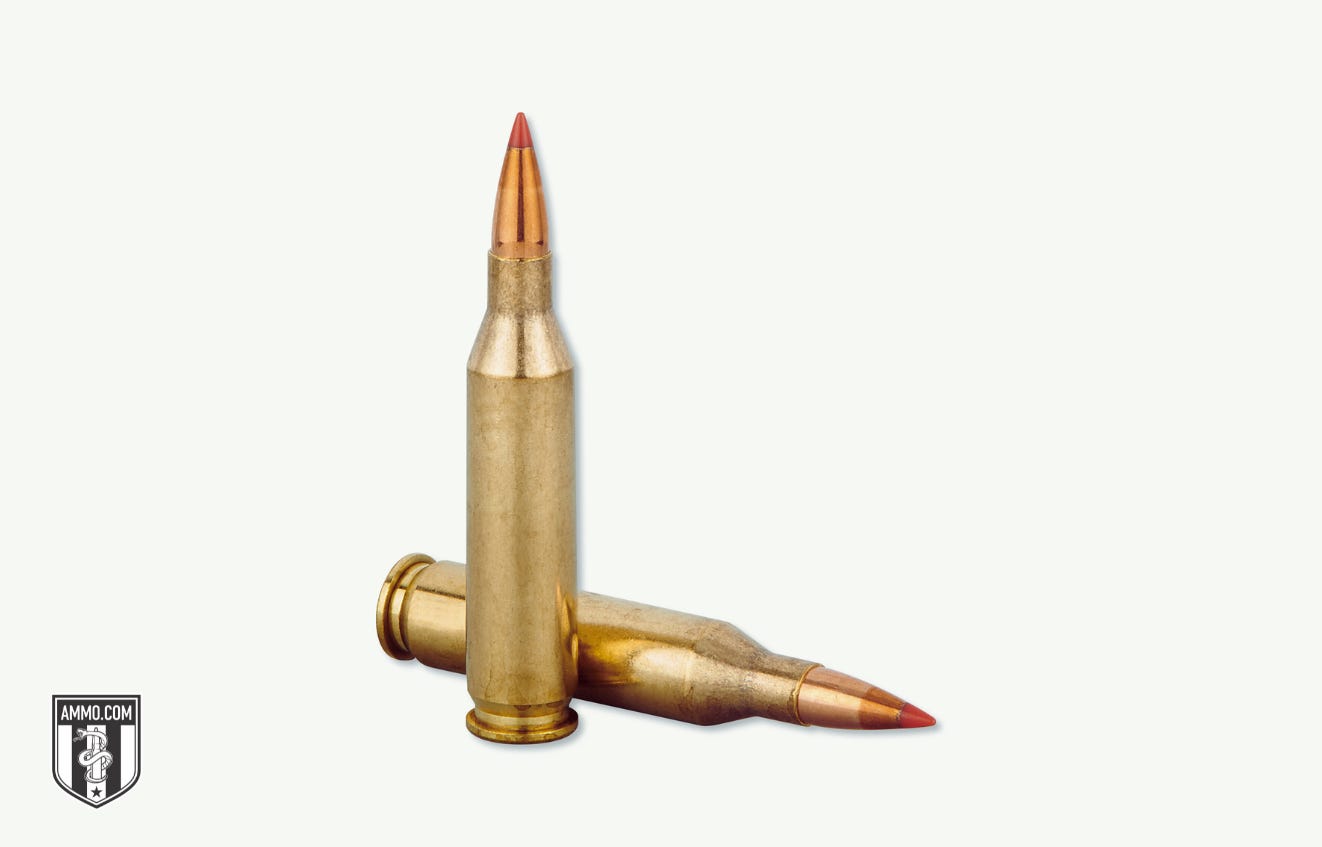
Breaking News
 HERE WE GO: Massie Says He Has a "Vote Bloc of 10" Republican Lawmakers Who Are No's o
HERE WE GO: Massie Says He Has a "Vote Bloc of 10" Republican Lawmakers Who Are No's o
 Ratcliffe Declassifies CIA Documents – Reveals Comey, Brennan, and Clapper Purposely...
Ratcliffe Declassifies CIA Documents – Reveals Comey, Brennan, and Clapper Purposely...
 BREAKING UPDATE: House Advances Trump's Big Beautiful Bill – 219-213
BREAKING UPDATE: House Advances Trump's Big Beautiful Bill – 219-213
 'Maga Mark' Zuckerberg unceremoniously kicked out of Oval Office after White House tour
'Maga Mark' Zuckerberg unceremoniously kicked out of Oval Office after White House tour
Top Tech News
 xAI Grok 3.5 Renamed Grok 4 and Has Specialized Coding Model
xAI Grok 3.5 Renamed Grok 4 and Has Specialized Coding Model
 AI goes full HAL: Blackmail, espionage, and murder to avoid shutdown
AI goes full HAL: Blackmail, espionage, and murder to avoid shutdown
 BREAKING UPDATE Neuralink and Optimus
BREAKING UPDATE Neuralink and Optimus
 1900 Scientists Say 'Climate Change Not Caused By CO2' – The Real Environment Movement...
1900 Scientists Say 'Climate Change Not Caused By CO2' – The Real Environment Movement...
 New molecule could create stamp-sized drives with 100x more storage
New molecule could create stamp-sized drives with 100x more storage
 DARPA fast tracks flight tests for new military drones
DARPA fast tracks flight tests for new military drones
 ChatGPT May Be Eroding Critical Thinking Skills, According to a New MIT Study
ChatGPT May Be Eroding Critical Thinking Skills, According to a New MIT Study
 How China Won the Thorium Nuclear Energy Race
How China Won the Thorium Nuclear Energy Race
 Sunlight-Powered Catalyst Supercharges Green Hydrogen Production by 800%
Sunlight-Powered Catalyst Supercharges Green Hydrogen Production by 800%
243 Recoil: How Hard Does the 243 Winchester Kick?
Is 243 recoil unmanageable for the average shooter? Not at all. In fact, I would say it's one of the best rifle cartridges for teaching young and recoil-sensitive shooters proper technique.
In this article, we'll discuss exactly how much recoil the 243 Winchester produces, how it compares to other rifle cartridges, and how you can reduce its recoil if needed.
How Much Recoil Does 243 Have?

The 243 Winchester has an average of 9 ft-lbs of recoil. This figure varies depending on factors we'll discuss later, but it is well below the 15 ft-lbs threshold where most shooters begin feeling uncomfortable.
For reference, the 223 Remington has about 5 ft-lbs of free recoil, whereas the 308 Winchester has about 11 ft-lbs. While the 243 Winchester has more kick than the 223 Remington, it's still well within the comfort zone for most shooters.
Factors That Influence Recoil for 243 Winchester

Felt recoil is subjective. It varies from shooter to shooter, making it an unreliable measurement of how much recoil a cartridge generates. A very experienced shooter might consider the 300 Winchester Magnum's 29 ft-lbs of recoil energy to be manageable if they're accustomed to firing a 338 Lapua Magnum, which has 41 ft-lbs of recoil. A new shooter, on the other hand, would say the 300 Win Mag is a shoulder bruiser.
Free recoil energy is an objective measure. It is determined solely by projectile weight, propellant weight, muzzle velocity, and rifle weight. For example, when a 243 Winchester cartridge with a propellant weight of 42 grains fires a 70 grain bullet at 3,500 fps from an 8-pound rifle, its free recoil energy equals 8.2 ft-lbs. When we increase bullet weight to 100 grains, lower muzzle velocity to 3,200 fps, and keep everything else the same, free recoil energy increases to 11 ft-lbs.
How 243 Recoil Compares to Other Calibers
The 243 Winchester's recoil is manageable compared to that of many other rifle cartridges. Check out the chart below to compare it to other standard rifle cartridges commonly used for deer hunting and target shooting.
Read more: 243 Recoil: How Hard Does the 243 Winchester Kick?

 He 3D Printed a Whole House
He 3D Printed a Whole House

